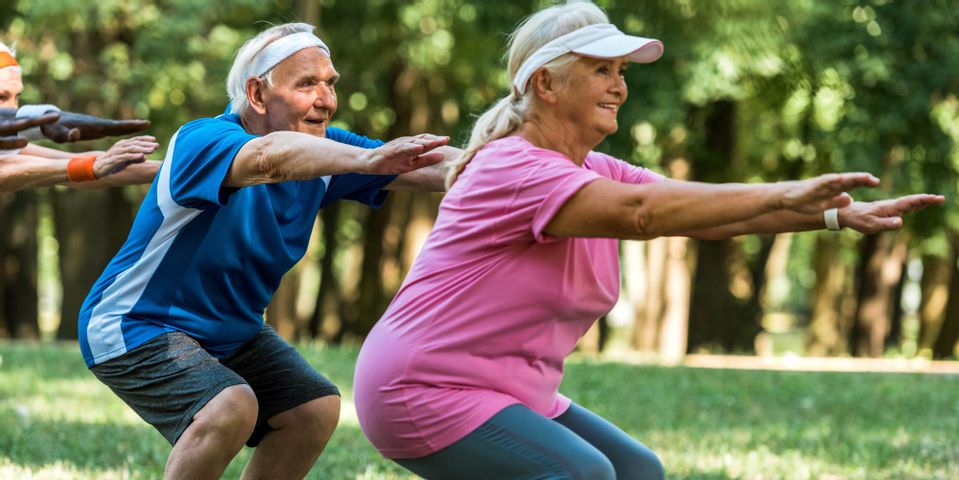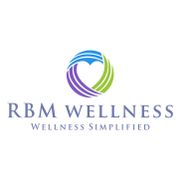PROACTIVE FALL PREVENTION – AN ADDITIONAL LINE OF DEFENSE

Fall prevention for seniors in communities is huge and has an enormous impact on everything from resident satisfaction to the financial bottom line. Usually, fall prevention lands on the shoulders of nursing and therapy. But what if activities could be used as an additional line of defense? After all, they are with the residents, sometimes multiple times a day, and have an opening for insight that other staff may not have. Residents see activities personnel as “non-clinical” – folks who create enjoyable things to do and to have fun with. Because of this special relationship, residents are more relaxed and open – unafraid to voice complaints or problems.
Many times, residents fail to recognize small changes like muscle weakness or slight dizziness that may contribute to a fall, assuming these things are part of getting older. Fear of being moved from their home (room or apartment) to a higher level of care also deters some residents from voicing health and movement changes. These small and seemingly insignificant changes may later become important factors causing a fall. This is where the “eyes and ears” of activities can play an important role.
If you work in senior living, you probably already know this. The question is – do you take advantage of the special relationship of activities and residents? Is your activities staff trained in what to look for to further open the lines of communication and put in place another line of fall prevention defense? Having worked with activities, nursing, and therapy to create cultures of wellness in facilities, the following are ideas I found might help facilitate a movement in this direction. If you already use some of these or have other related methods, feel free to comment and share your experience.
- Encourage casual observation within the activities personnel. Sometimes small things make a big difference. Casual observation in conversations with residents or noticing changes in movement can be a game-changer for early detection without alarming the resident. Does the onboarding process for activities in your facility include tips on what to look for in fall prevention and how to properly communicate concerns?
- Activities personnel are not clinically trained staff, therefore, they may be hesitant to voice a concern or a change in a resident because they don’t have the right words or technical terms to express their concern. A policy of open dialogue is helpful, but can also be intimidating for those with a non-clinical education. How can you remove the word barriers to provide non-clinical staff with a more comfortable communication experience?
- Create a “casual intervention” channel that provides staff awareness, without putting the resident in the spotlight. Fear of being moved, drawing attention to themselves, or creating additional expenses may prompt residents to down-play any overt attention to a problem, but creating a more “casual” approach will help address, document, and provide awareness of potential future issues.
These are just a few ways that a facility can take the most advantage of proactive fall prevention. Activities personnel are a great way to create an additional set of “eyes and ears” in the building. If your team has found other helpful ways to further engage staff in proactive fall prevention, please comment below and share the wisdom!
About the Business
Have a question? Ask the experts!
Send your question

